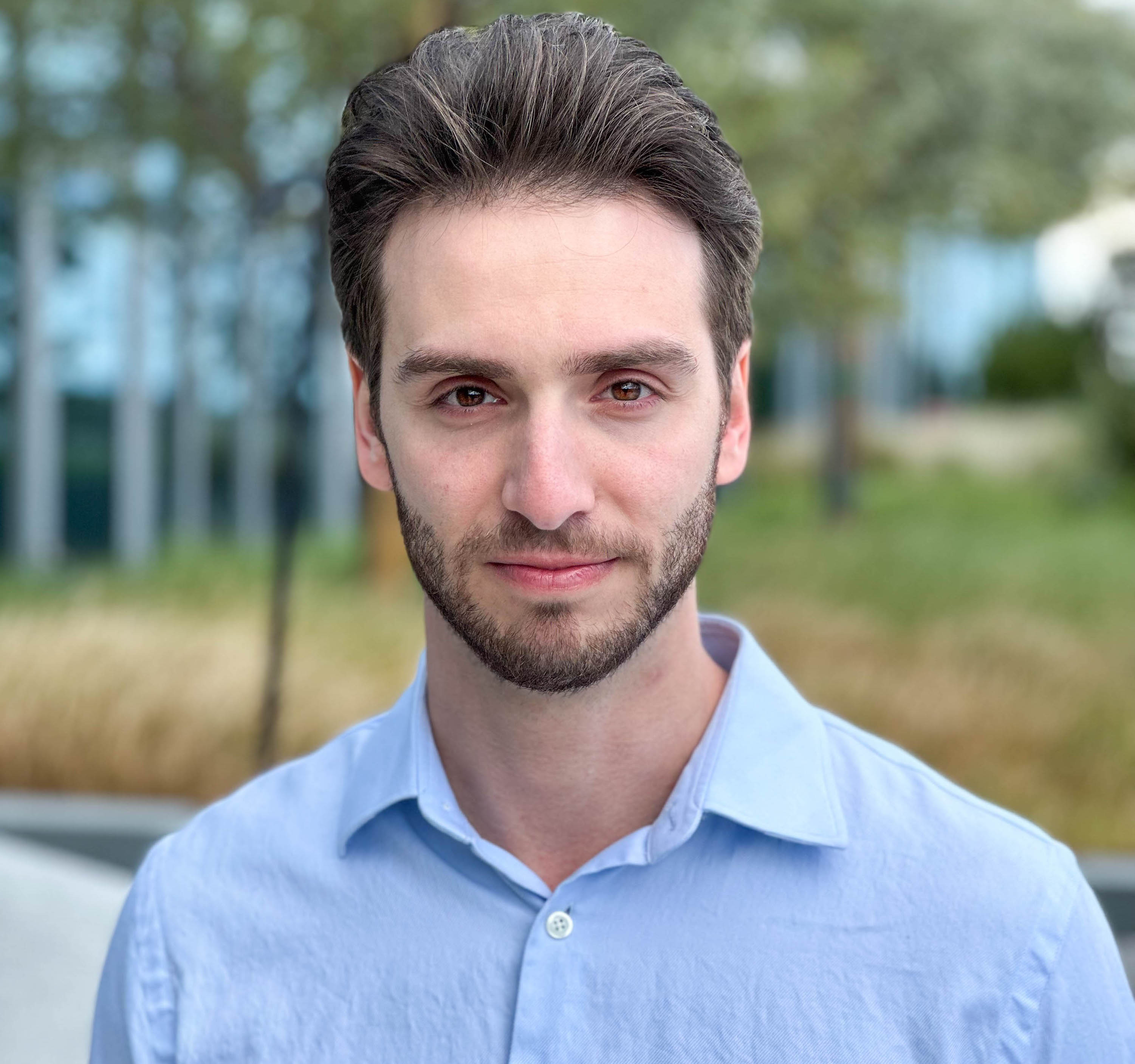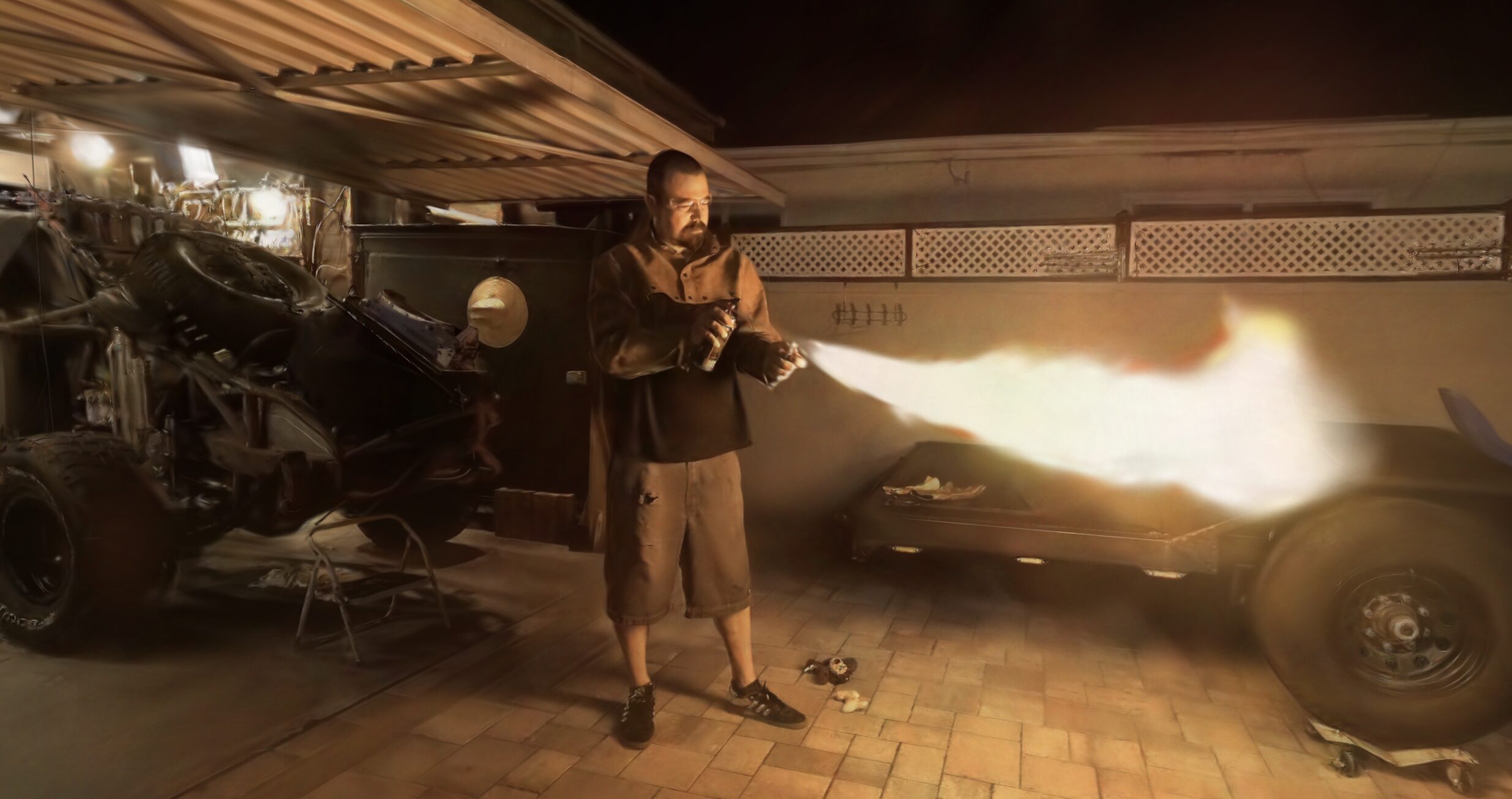Just when we thought the week couldn't get more exciting in the world of physics-based radiance fields, we're introduced to another groundbreaking development: PIE-NeRF (Physics-based Interactive Elastodynamics with Neural Radiance Fields). Coming hot on the heels of the remarkable PhysGaussian paper, PIE-NeRF represents another leap forward, this time in the domain of Neural Radiance Fields (NeRFs).
PIE-NeRF emerges as a standout innovation, shifting the paradigm from traditional mesh-based structures to a pioneering meshless technique for simulating physical dynamics. This leap is particularly noteworthy, considering the intensive computational demands typically associated with 3D modeling.
It's been a busy time for Yutao Feng, Xuan Li, Yin Yang, and Chenfanfu Jiang, all of whom are authors on both papers!
PIE-NeRF integrates physics-based simulations with the NeRF scene. This integration is akin to infusing the static scene with the laws of physics - gravity, force, and motion - allowing for the realistic simulation of dynamic properties. Whether it's a swaying plant or a flowing cloth, PIE-NeRF calculates how these objects would move and interact in a real-world setting.
PIE-NeRF starts its journey by reimagining how we capture 3D scenes. Unlike conventional methods that rely on rigid mesh structures, NeRF uses a fluid, continuous field, encoded within a neural network, to understand a scene's color, texture, and geometry from 2D images. This neural encoding of space lays the groundwork for the dynamic animations PIE-NeRF aims to achieve and is the canvas on which PIE-NeRF will paint its dynamic animations. Like many other papers, PIE-NeRF employs NVIDIA's Instant NGP to build on top off.
Transitioning to 3D, PIE-NeRF transcends static models to foster interactive, dynamic scenes. Here, the innovation truly shines: the framework calculates physical properties and movements within NeRF's continuous space, sidestepping the need for meshes. This meshless method is not just a technical novelty but a strategic advantage, enabling simulations to occur independently of sampling resolution, which dramatically lowers computational demands. PIE-NeRF enables physical properties and movements to be calculated within this continuous space, without the need for a predefined mesh.

Central to PIE-NeRF's operation is Quadratic Generalized Moving Least Squares (Q-GMLS), the engine that powers the framework. This advanced method interprets and simulates physical behaviors like elasticity and deformation within NeRF's space. Its ability to handle complex, non-linear deformations—where traditional linear methods stumble—marks a significant advancement, especially in avoiding 'locking artifacts', a common issue in linear simulations under extreme deformation scenarios.
In processing complex simulations, PIE-NeRF smartly employs spatial reduction via Voronoi partitioning. This approach is akin to strategically positioning sensors across a field, each overseeing a specific region. It ensures that computational resources are concentrated where dynamic interactions are most pronounced, thus fostering real-time interactions and simulations, without compromising the quality of the final output.
PIE-NeRF's true prowess is displayed when it integrates physics-based simulations with NeRF scenes. This integration is like breathing life into static models, as the laws of physics—gravity, force, motion—are applied, enabling realistic simulation of dynamic properties. Whether it's a swaying plant or flowing cloth, PIE-NeRF accurately predicts their real-world movements and interactions.

PIE-NeRF renders the dynamically altered scenes. Using deformation information, it precisely maps changes back to the NeRF model, ensuring that rendered images maintain high fidelity, even under significant deformations. Here, the interactive element comes into play: users can manipulate the scene, apply forces, and witness the immediate impact of their actions, all in real-time.
As PIE-NeRF continues to evolve, we eagerly await the release of its code and video overviews. These resources will undoubtedly provide deeper insights into its capabilities and applications. Powered by a 3090 GPU, PIE-NeRF is not just a testament to current technological advancements but a beacon for future innovations in digital representation.
[Editor's Note: This article will be updated with additional resources and demonstrations of PIE-NeRF as they become available.]
More from Michael Rubloff













